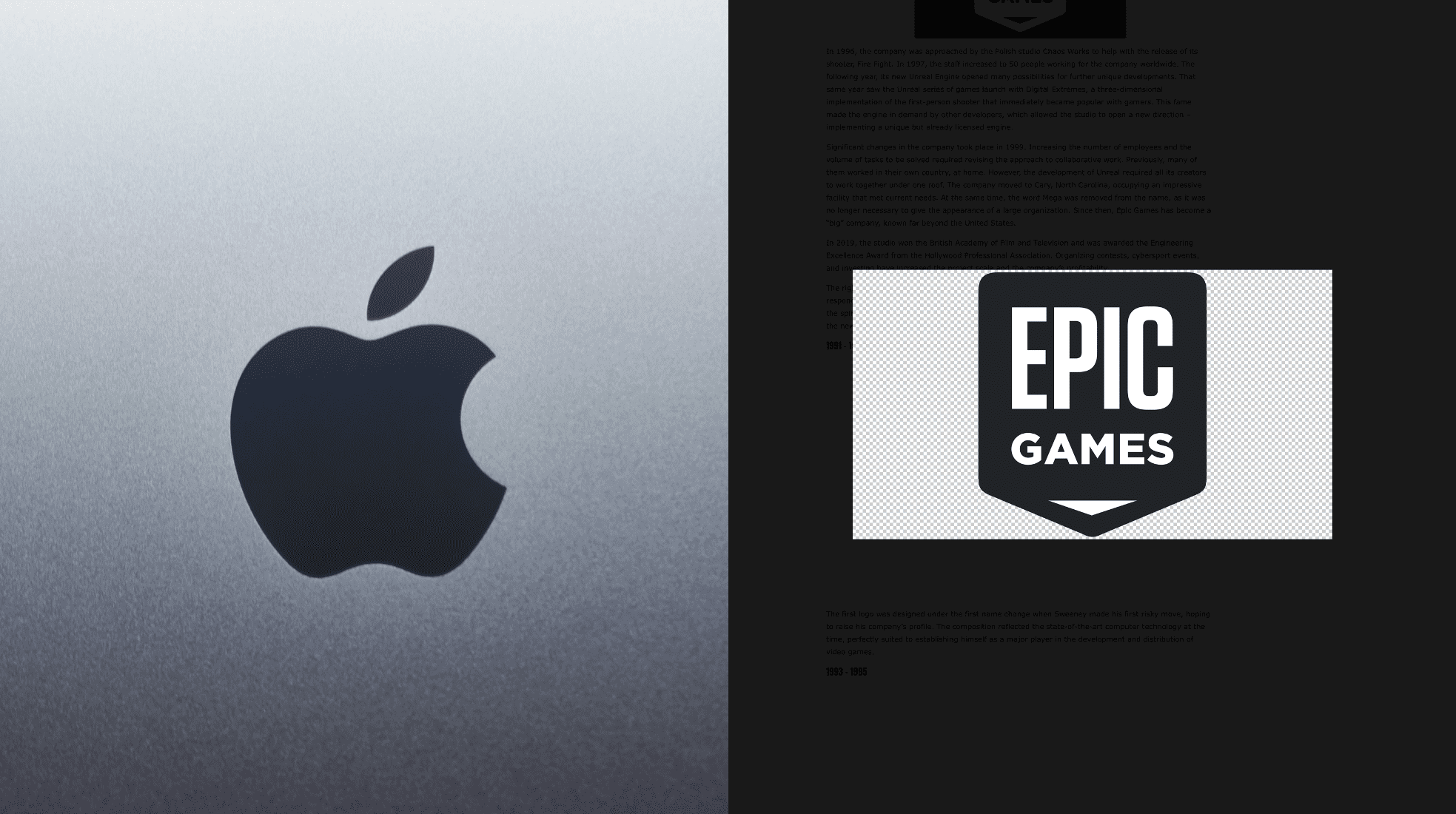The mobile app world just experienced a seismic shift. In a move that’s sending shockwaves through the tech and business communities, Apple has been forced by the courts to open its App Store to external payment links. This ends years of strict control over how digital goods and services are sold on iOS devices. This change, born from the high-stakes legal battle between Epic Games and Apple, is a pivotal moment for developers, marketers, and anyone whose business depends on mobile apps.
How We Got Here with Apple and Epic Games
For years, Apple’s App Store rules were clear and uncompromising: if your app sold digital goods or subscriptions, you had to use Apple’s in-app purchase system—and pay a commission of up to 30% on every transaction. Developers couldn’t even tell users about cheaper payment options outside the App Store. Epic Games, the creator of Fortnite, decided to challenge this status quo in 2020 by adding its own payment system to its iOS app, leading to Fortnite’s removal from the App Store and the beginning of a headline-grabbing lawsuit.
Fast forward to 2025, and the courts have spoken. After years of legal wrangling, a federal judge found that Apple’s anti-steering rules, those that prevented developers from pointing users to alternative payment methods, were anti-competitive. The court ordered Apple to allow external payment links and, crucially, not to interfere with how developers present those links or charge commission on purchases made outside the App Store. Apple’s emergency appeal to block these changes was denied, making the new rules the law of the land.
Why the Apple/Epic Games Fight Matters for Developers and Brands
This ruling changes things for anyone with a mobile app. For the first time, developers can guide users to pay for digital goods and subscriptions through their own websites, sidestepping Apple’s commission fees entirely. The financial impact is huge: while external payment processors typically charge around 4%, that’s a fraction of Apple’s 30% cut, meaning more revenue stays with the app creator.
Major brands were already moving in the direction of autonomy. After an April 30, 2025, court order that forced Apple to allow external payment links. Spotify and Amazon’s Kindle app both rolled out updates in early May, enabling users to make purchases directly via external links—something previusly prohibited under Apple’s policies. Meanwhile, Epic’s own Fortnite returned to iOS, offering users a choice between Apple’s payment system and Epic’s own, with CEO Tim Sweeney noting that a significant share of transactions are already happening outside Apple’s ecosystem.
What’s Changing for the App Economy
The immediate effect is clear: developers have more control over their customer relationships and their bottom lines. But the ripple effects go much deeper:
- Revenue growth: By avoiding Apple’s commission, developers can reinvest more in product development, marketing, and user experience. For many, this could be the difference between breaking even and thriving.
- Pricing flexibility. Freed from Apple’s pricing restrictions, brands can experiment with discounts, bundles, and loyalty programs that were previously off-limits.
- User experience. Customers can now see the true cost of digital goods and subscriptions, and choose the payment method that works best for them, often at a lower price.
These changes set the stage for a more dynamic, competitive, and user-focused app marketplace where innovation and customer loyalty can finally take center stage.
Moves for Marketers and Product Teams
Here’s how forward-thinking brands can make the most of the new landscape:
Optimize the Payment Journey
Now that you can link out to your own checkout, make sure it’s seamless, mobile-friendly, and trustworthy. Every extra step or confusing screen could mean a lost sale.
Communicate Value Clearly
Use your newfound freedom to explain the benefits of using your direct payment method. Whether it’s lower prices, exclusive offers, or better customer support, make it clear why users should choose your route.
Rethink Pricing and Promotions
With more margin to play with, consider passing some savings on to users or investing in loyalty programs that keep them coming back.
Monitor and Adapt
Keep a close eye on how users respond. Are they switching to your external payment option? Are there friction points you can address? Use analytics to optimize and iterate.
Stay Compliant
While the court has opened the door, Apple still has guidelines around user privacy and security. Make sure your external payment process is transparent and secure to maintain user trust.
The brands that act boldly and thoughtfully now will define the new standards for mobile engagement and set themselves apart as leaders in a rapidly evolving digital landscape.
The Road Ahead
Apple’s legal team is still fighting, and the company has signaled it will continue to argue its case on appeal. But the momentum is clearly shifting toward greater openness and developer empowerment. Other tech giants, and regulators around the world, are watching closely. The outcome of this battle could influence app store policies far beyond Apple, including Google’s Play Store and beyond.
For developers and brands, the app economy is entering a new era. Those who move quickly to embrace these changes, by building better payment experiences, offering more value, and strengthening direct customer relationships, will be best positioned to win. The next chapter of the app economy will be written by those who seize this opportunity. Will your brand be one of them? Meanwhile, to build visibility for your app, contact True Interactive.
